Analysis of Carborundum Company Law: Shareholder & Director Issues
VerifiedAdded on 2019/11/08
|5
|720
|183
Case Study
AI Summary
This case study delves into the intricacies of company law, focusing on the Carborundum case. It examines key issues such as shareholder liability, the procedures for removing a managing director, the decision-making processes of the board of directors, and the role of the company's constitution. The analysis applies relevant laws and principles, including the importance of the Operating Agreement, shareholder responsibilities regarding company debts, and the legal implications of actions taken by directors. The study highlights the potential liabilities of directors under various sections of the law, such as improper use of information, causing detriment to the company, and gaining advantages for themselves or others. The case also covers the procedures for removing a director, emphasizing the need for proper notice, quorum, and compliance with the company's constitution. In conclusion, the case underscores the importance of understanding the responsibilities of company members and the advantages of limited liability, as well as the procedures for amending the company's constitution.
1 out of 5
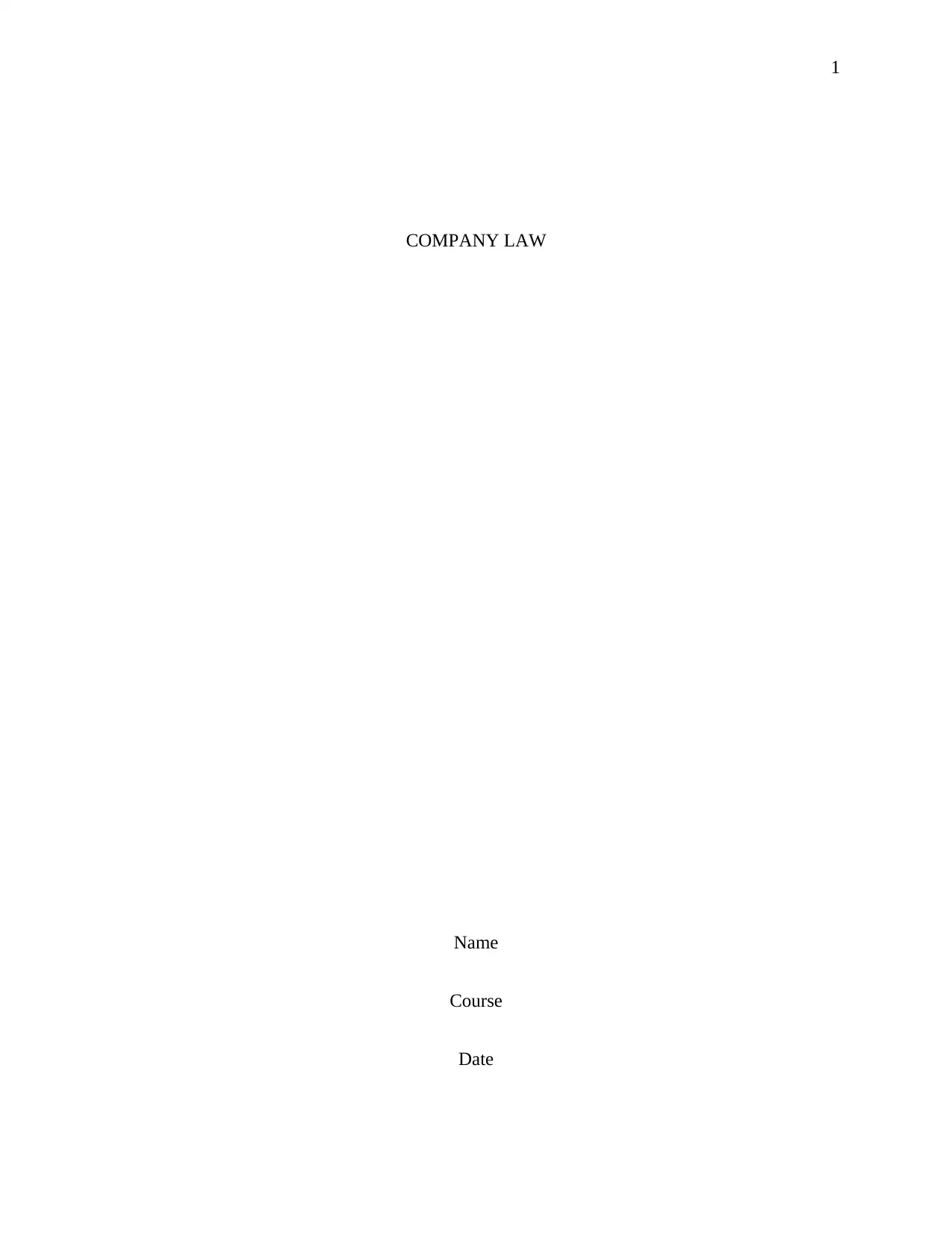
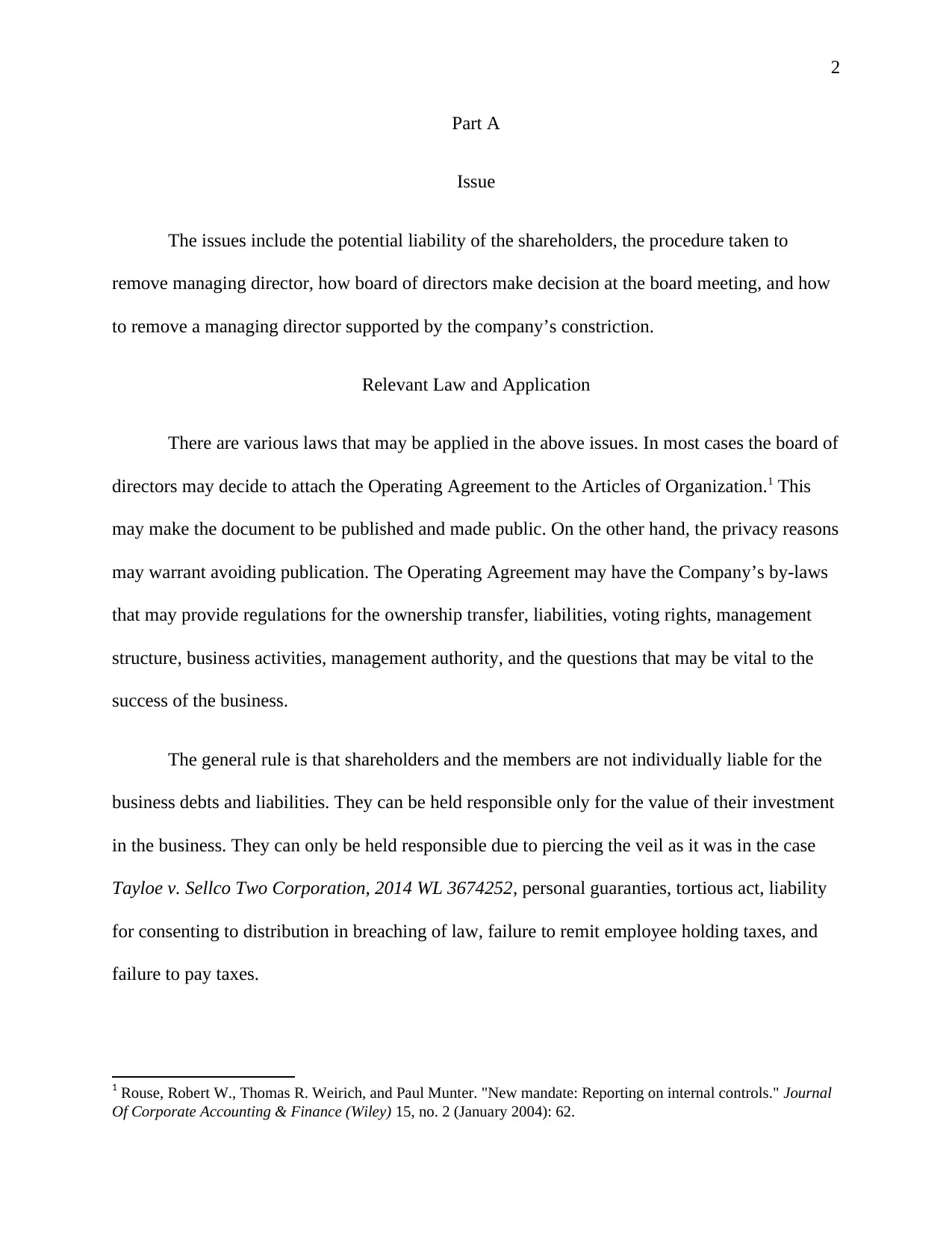
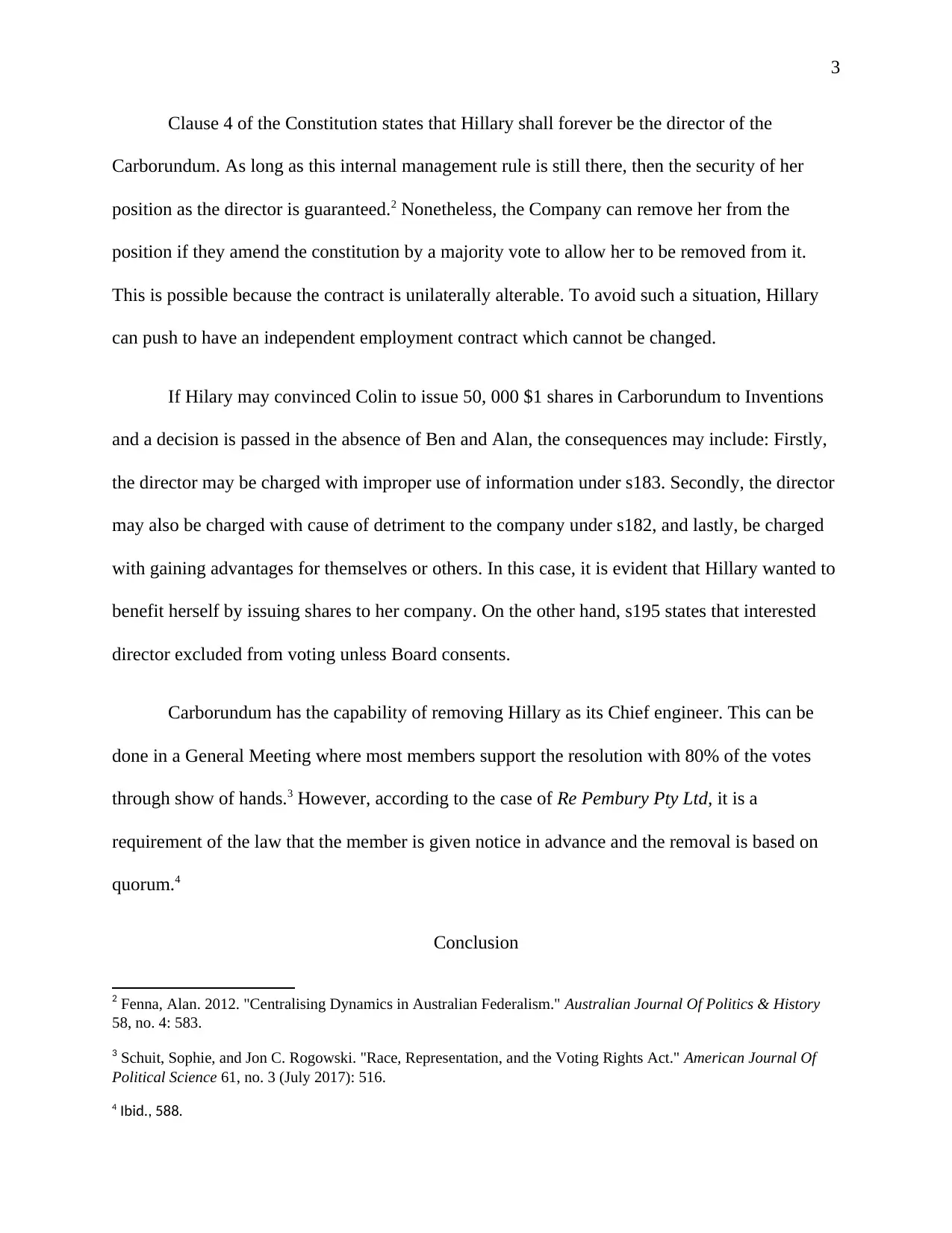

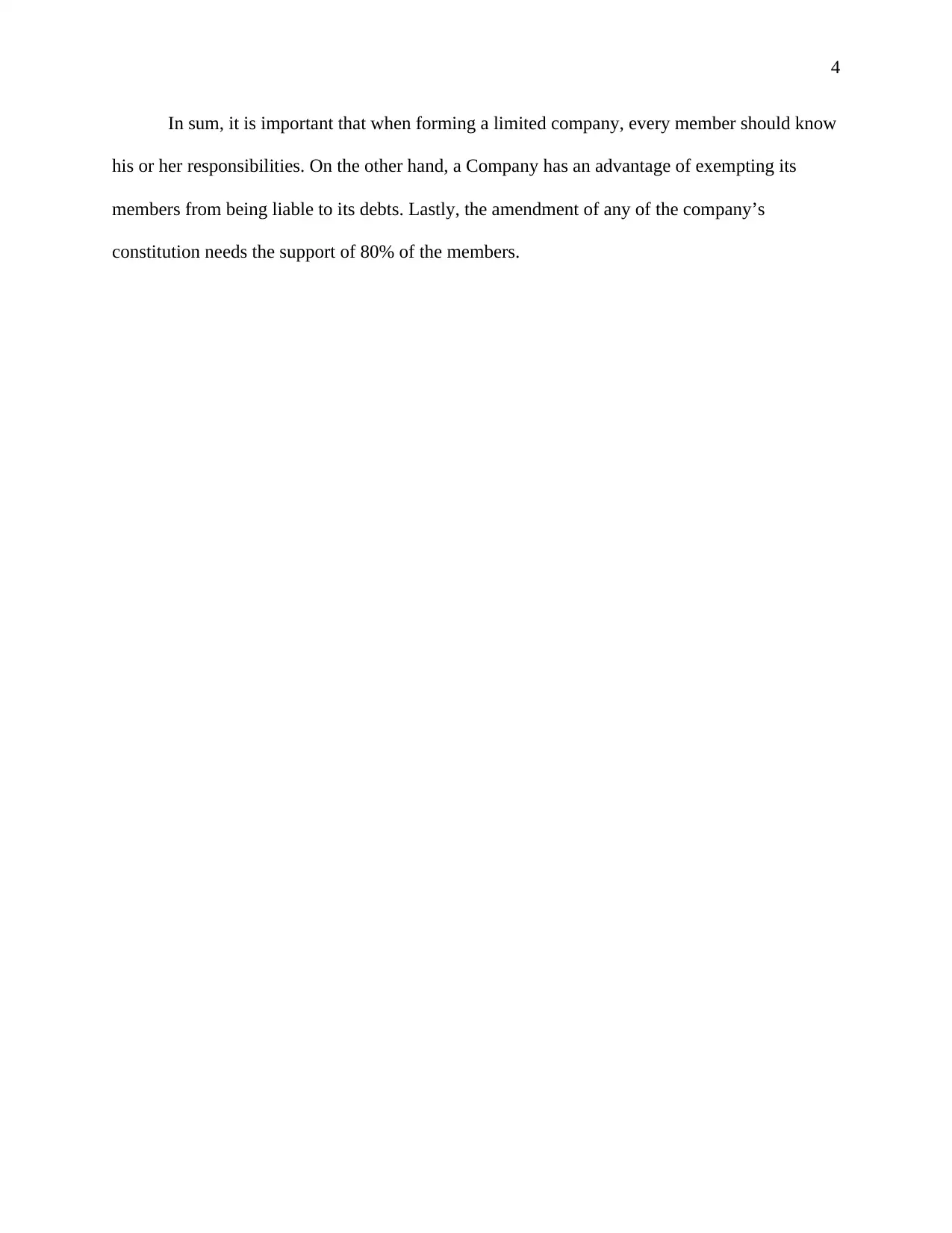
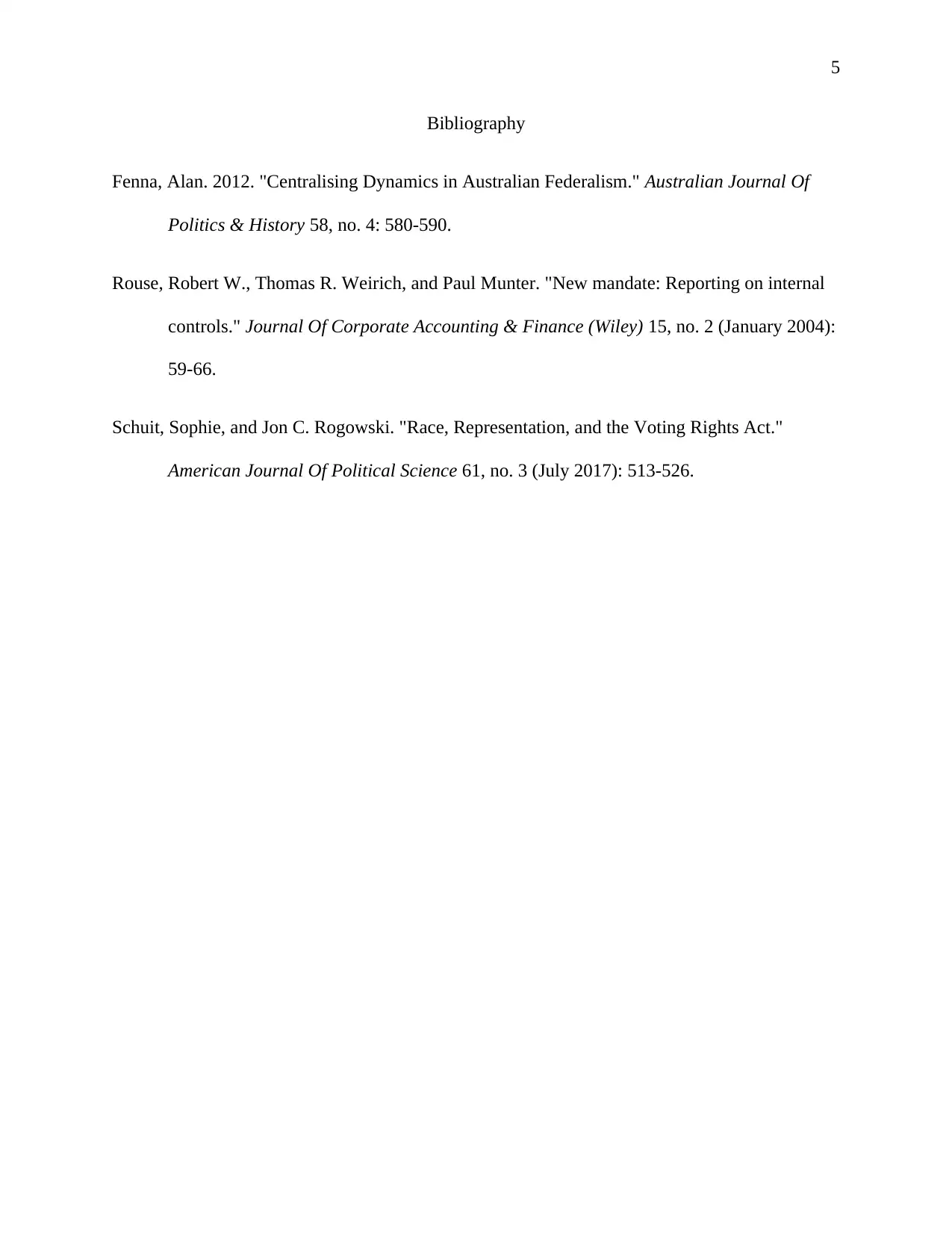






![[object Object]](/_next/static/media/star-bottom.7253800d.svg)